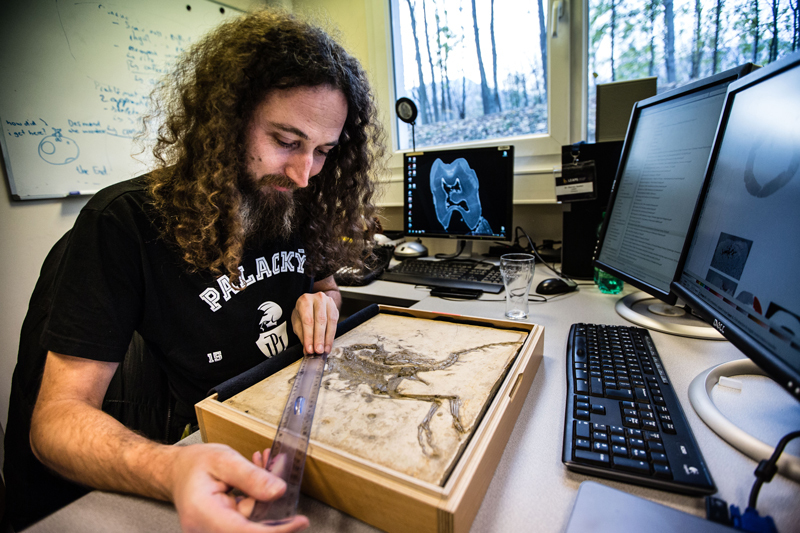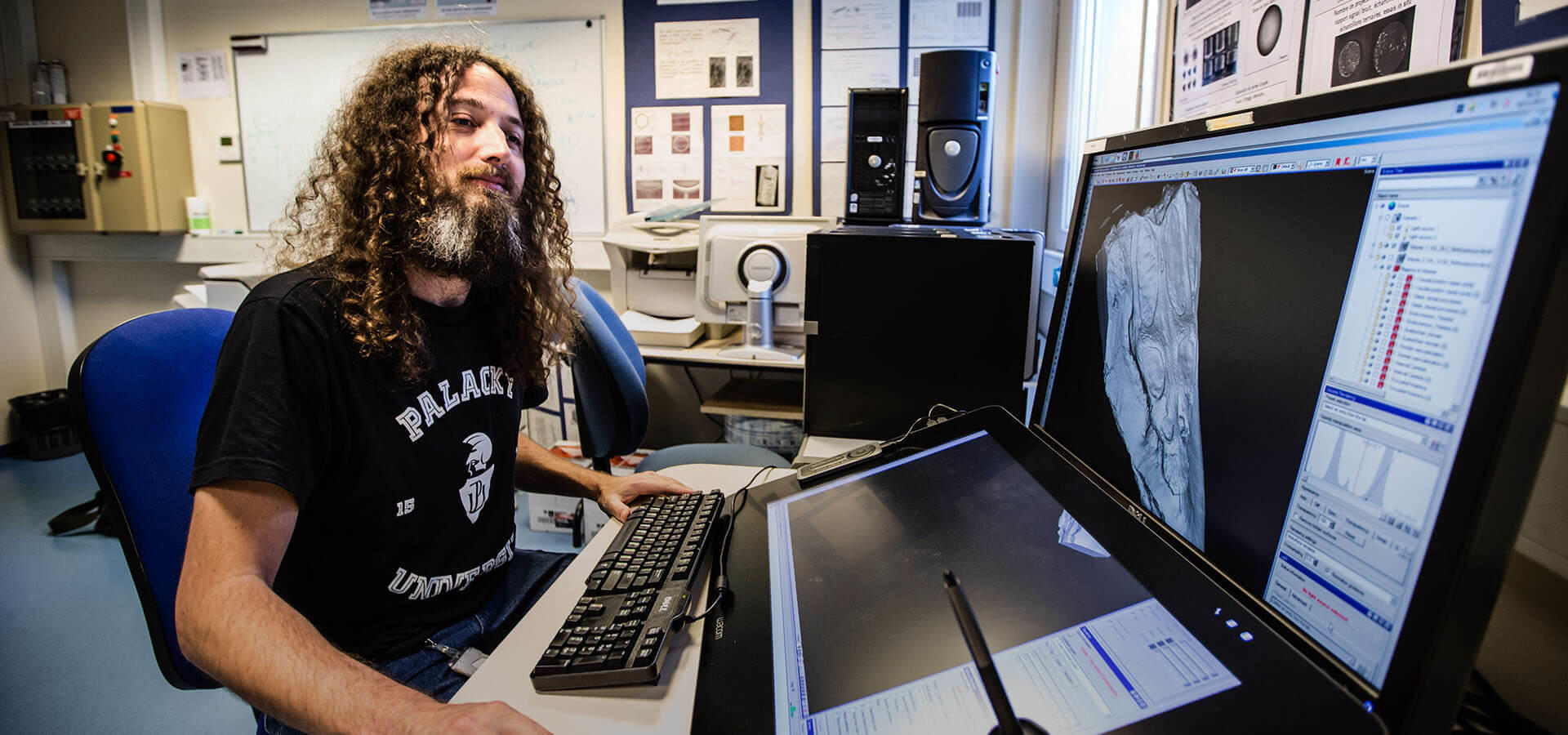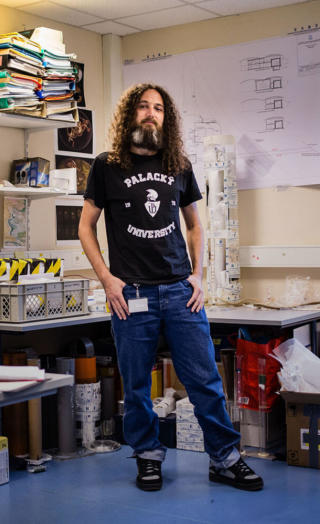At the age of 31 I gave up my archaeology job, left friends and family, and sold my sports car to pursue a substantially lesser-paid PhD position in zoology in the Czech Republic. After a couple of weeks there it was suggested that I return to the Netherlands, as the project was cancelled. Then, while reading through documents of the original project, I found Paul Tafforeau’s work at the ESRF and I was fascinated. I contacted him and he offered to discuss a possible collaboration. So off I set in an uncertain trip to the ESRF. An hour after meeting him, Paul had given me his car keys and 48h to find some ‘decent’ fossils. I left with an ESRF post-doctoral researcher and my PhD colleague, and we went to the Netherlands, where I had some contacts in museums, and came back with several reptile skulls dating from the time of the dinosaurs. I don’t know what lucky star shone on me, but Paul took me under his wing and here I am 3 years later about to defend my thesis on the fossil bird Archaeopteryx. I still can’t believe that I’m allowed to work with the most powerful radiation source in the world and with priceless fossils to match. Sometimes it can be very intimidating, but I feel very privileged because Paul and his team have helped me a lot with everything, including data processing. I am not a technical person, so I don’t see myself contributing to developing new methods at the ESRF in the long run. I’d like to work in a museum, partly teaching and partly doing research, and to have children. In any case, with my background in geology and archaeology I never imagined I’d work at such a hi-tech facility as the ESRF, so who knows what can happen in the future?”


